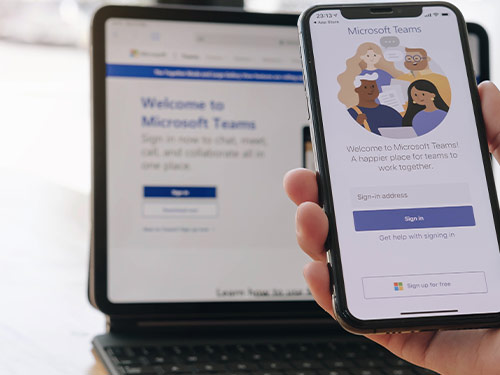Even as hybrid work gains traction and video communications grows, some employees still prefer using desktop phones. Supporting these devices means making sure they’re up to date.
When it comes to desktop phones, to paraphrase Mark Twain, the rumors of their demise have been greatly exaggerated. Despite the rapid growth of remote work and the expanded use of video, desktop phone system deployments remain important in the communications landscape.
Indeed, almost a third of companies plan to expand their use of desktop phones, according to a 2021 study by Metrigy that polled 395 organizations around the world. The report, “Unified Communications Management and Endpoints,” also found that nearly a quarter of respondents said employees still preferred desktop phones to headsets, while almost 23% provided desktop phones to remote employees who wanted them.
Those preferring desktop phones cite a variety of reasons, among them better sound quality without risk of interference or Bluetooth drops; availability of features, including shared line appearances and speed dial buttons; and, finally, the good old message waiting indicator light. In addition to individual use, desktop phones remain a mainstay of meeting rooms, common areas, reception desks and call center agent installations.
Read the rest of this post on SearchUnifiedCommunications





